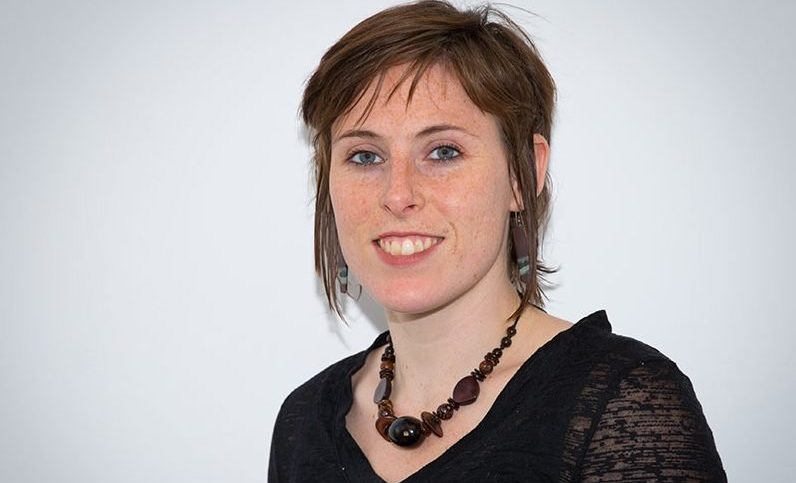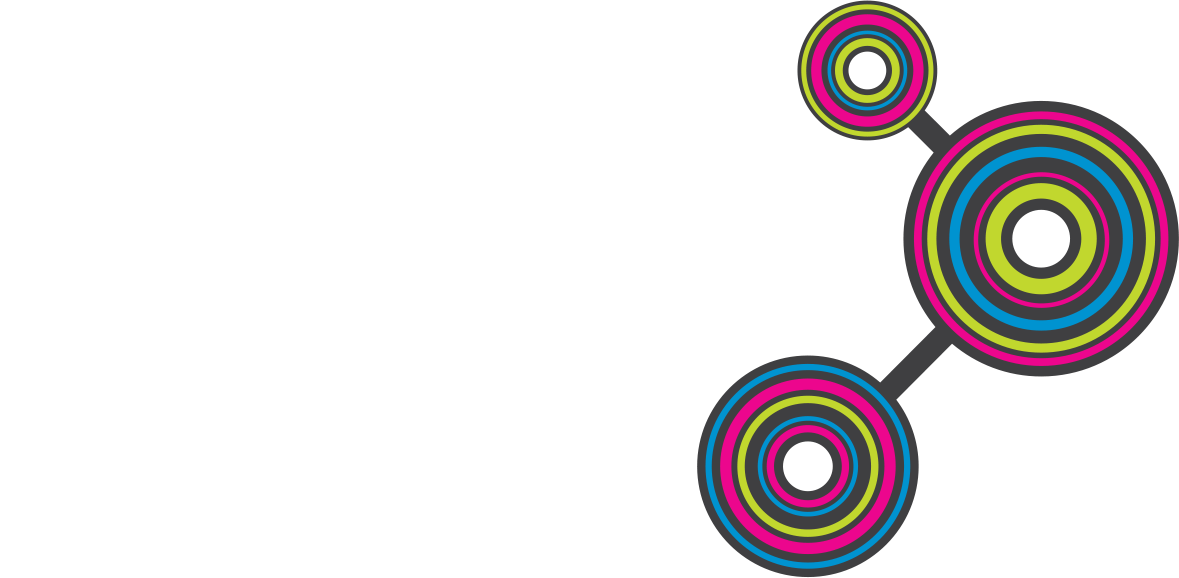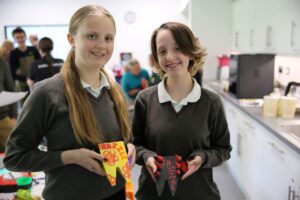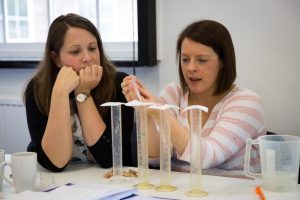It’s elemental, my dear student
Thursday 12th December 2019

Science Oxford’s Rowena Fletcher-Wood went along to a celebration of all things chemistry at Wychwood School in Oxford last month, as students gathered for a competition to mark the International Year of the Periodic Table.
Choose your favourite element and talk about it for two minutes. Go. Sounds like a tricky feat? Not only do most of us rarely contemplate favourites amongst that motley crew, but once you start looking, there’s a whole periodic table to choose from! However, this is exactly what a group young chemists were asked to do last month, during an event at Wychwood School in Oxford.
The students, who came from several local schools, delivered a talk, conference paper, or designed a poster for a competition in honour of the international year of the periodic table. I was invited along as an inspirational speaker and asked to introduce one of my own favourite elements – phosphorus.
This mysterious substance, once known as the ‘Devil’s Element’ was the thirteenth known element when it was discovered back in the 17th Century. A white, waxy substance, it glowed a mysterious green in low light, burned the skin and spontaneously combusted into flames – very much earning its name. It was first prepared by German chemist Hennig Brand, who, in his mission to uncover the elixir of life and transform base metals into gold, turned to materials he knew were intimately linked with the essence of life: bodily fluids. In what must have been one ordeal of an experiment, he distilled down 60 buckets of urine and, by performing several chemical procedures, made the first pure phosphorus.
It might have been the first discovery of an element, but it’s no longer alone. Since alchemy became chemistry, we have celebrated over one hundred new elements, created through a mixture of chemistry and particle physics.
Perhaps you’ll know some of the elements that the students chose. We looked at the scarcity of rare earth metals, their environmental impacts and their amazing contribution to modern technology; common materials such as carbon, and precious ones like silver. We explored the killer compound – arsenic – that may have contributed to Napoleon’s death, and looked at how the Victorians used to use it as pigment in wallpaper. There were also talks on polonium, and the poisoning of Alexander Litvinenko, and the noble gases.
The talks were expertly delivered, and I don’t envy the judges their decision-making. In addition, poster boards showed off the other students’ efforts, and conference papers were provided in a booklet to take home.
All participants at the event took away a Science Oxford goody bag, including brochures, pens, and bookmarks. Just a few small reminders of an impressive and entertaining period.
So, have you decided on your favourite element yet?
By Rowena Fletcher-Wood
Environmental Chemistry Group committee member Dr Rowena Fletcher-Woods is a chemist and, after having received First Class Honours in Chemistry at the University of Oxford, she went on to complete a PhD at the University of Birmingham on “Zeolites and other molecular sieves for chromate remediation”. Rowena has been tutoring in Chemistry for the last 13 years and has worked as an academic at the Universities of Birmingham and Reading. As a science communicator, her work includes organising adult science events for Science Oxford including developing our CSI Forensic challenge, where her chemistry skills come in handy for plots and poisons! She also enjoys science writing, and is a qualified climbing instructor.
Twitter @RowenaFW



